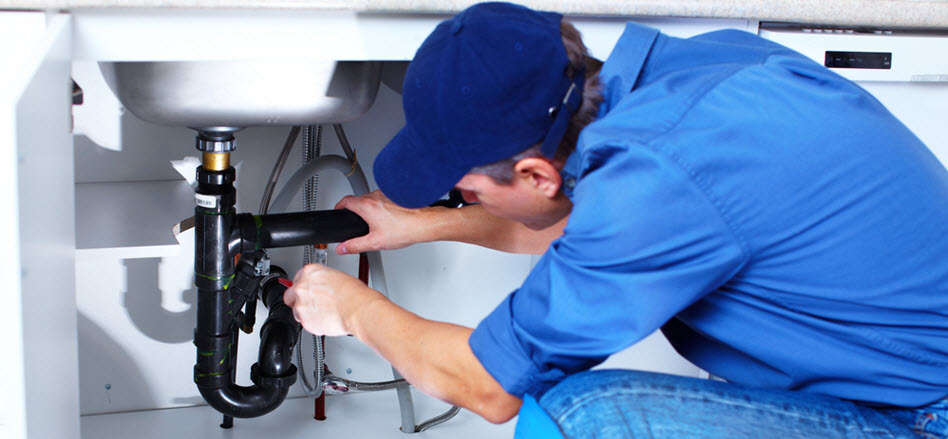Water damage restoration is the process of mitigating and repairing the damage caused by water intrusion or flooding in a building. It involves various steps to remove excess water, dry out affected areas, and restore the property to its pre-damage condition. Here’s an overview of the water damage restoration process:
1. Emergency Response: When water damage occurs, it’s important to take immediate action to prevent further damage. Contact a professional water damage restoration company as soon as possible. Many companies offer 24/7 emergency services to address urgent situations.
2. Inspection and Assessment: Upon arrival, the restoration team will assess the extent of the water damage. They will determine the source of the water, the affected areas, and the level of contamination if applicable (clean water, gray water, or black water).
3. Water Extraction: The first step is to remove excess water from the affected areas. Powerful pumps and vacuums are used to extract standing water from floors, carpets, and other surfaces.
4. Drying and Dehumidification: After water extraction, the restoration team will set up industrial-grade dehumidifiers and high-speed air movers to accelerate the drying process. This helps prevent mold growth and further damage.
5. Salvageable Item Removal: Furniture, belongings, and other salvageable items will be carefully removed from the affected areas to prevent additional damage and facilitate the drying process.
6. Cleaning and Disinfecting: Once the area is dry, surfaces are cleaned and disinfected to remove any remaining contaminants and to prevent mold growth. This step is particularly important if the water damage was caused by unsanitary water sources.
7. Mold Prevention: To prevent mold growth, the restoration team will apply mold inhibitors and take steps to ensure that moisture levels are kept under control.
8. Structural Repairs: If water damage has caused structural issues, repairs will be carried out. This can involve replacing damaged drywall, flooring, insulation, and other structural components.
9. Restoration and Reconstruction: Once the affected area is completely dry and cleaned, restoration and reconstruction work begins. This may involve replacing flooring, reinstalling drywall, repainting, and restoring the affected area to its pre-damage condition.
10. Final Inspection: After restoration work is completed, a final inspection is conducted to ensure that all areas are properly restored and safe for occupancy.
11. Documentation and Insurance: A reputable water damage restoration company will document the entire process, including the extent of damage, actions taken, and repairs made. This documentation is crucial for insurance claims.
It’s important to hire a professional water damage restoration company with experience, proper equipment, and industry certifications. Water damage can lead to serious issues like mold growth and structural damage if not addressed promptly and effectively. Choosing a reliable restoration service will help ensure that your property is restored to a safe and habitable condition.









